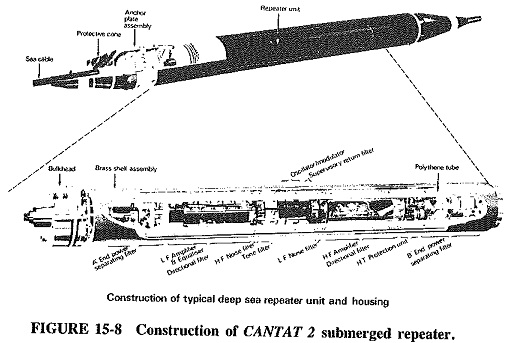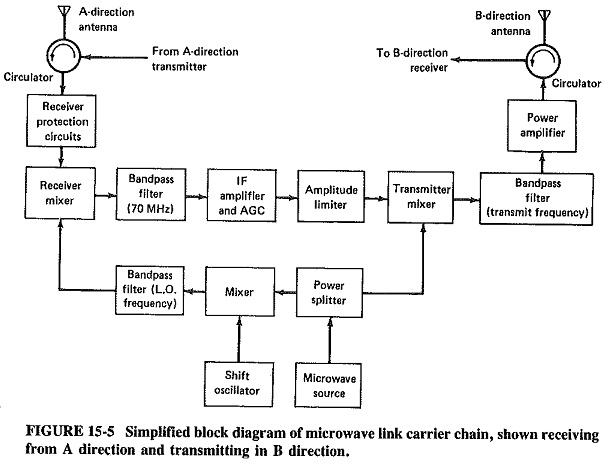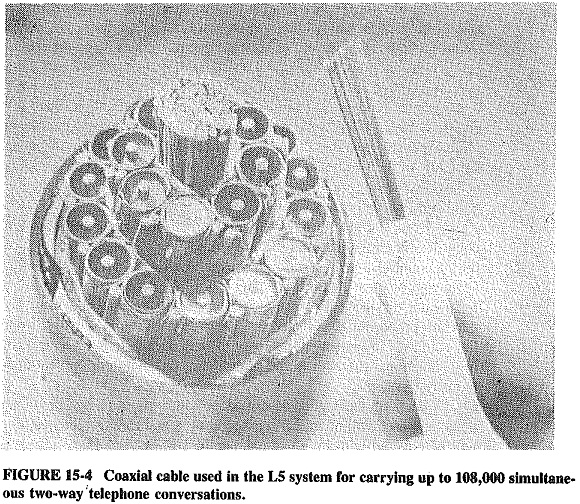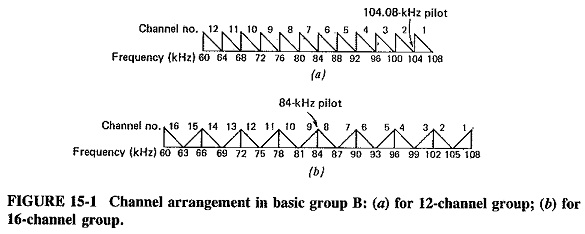Routing Code and Signaling System
Routing Code and Signaling System: Routing Code and Signaling System - When dialing a subscriber in another part of the world, it is essential to identify the wanted telephone number uniquely, so that the international…



